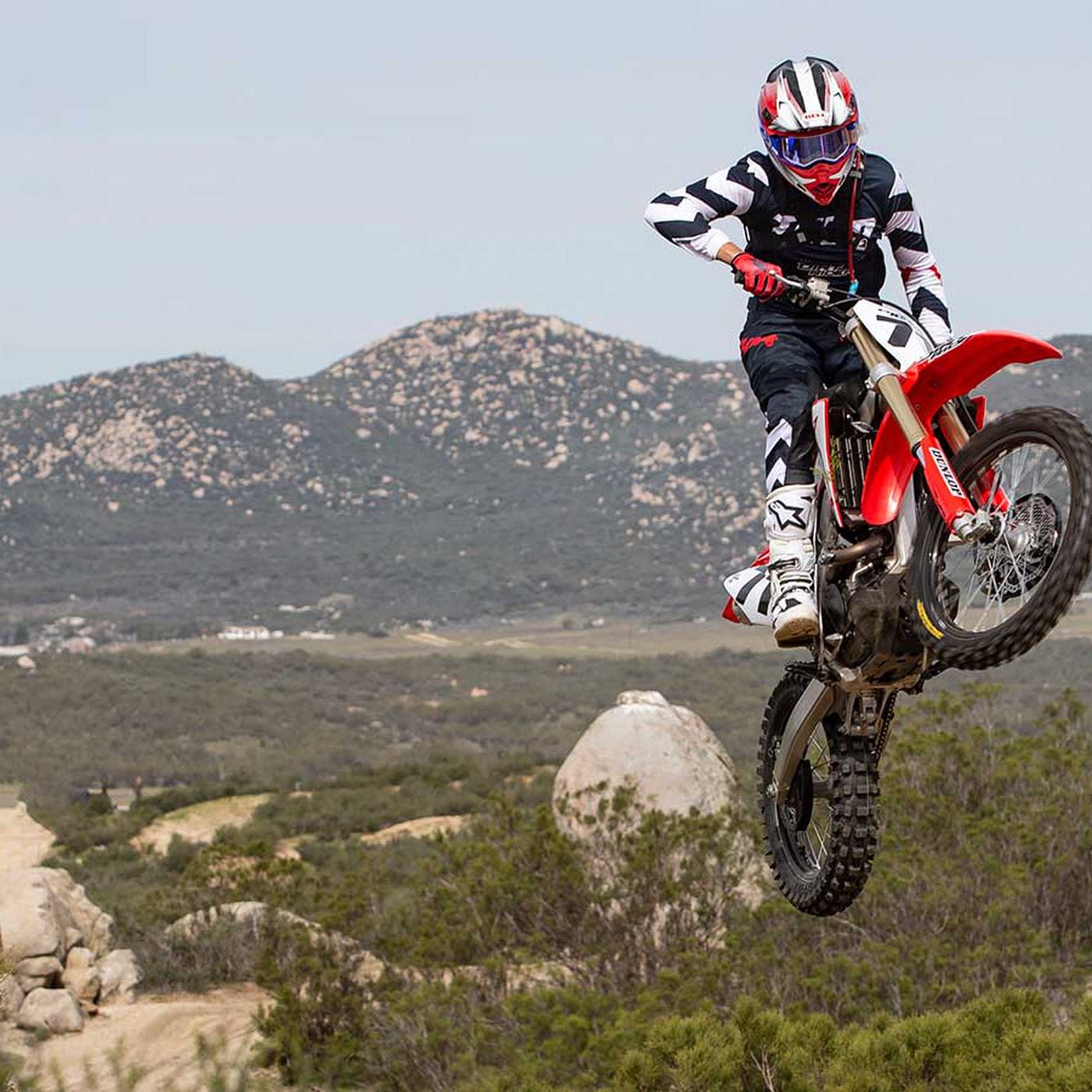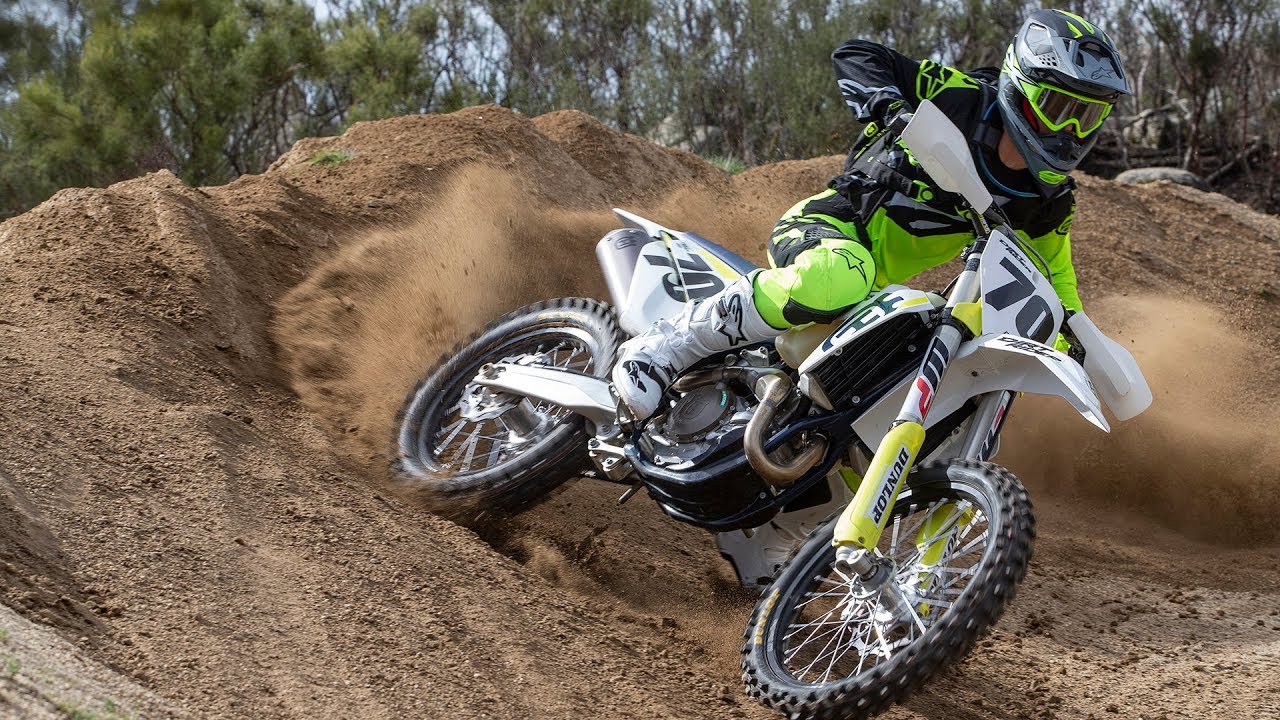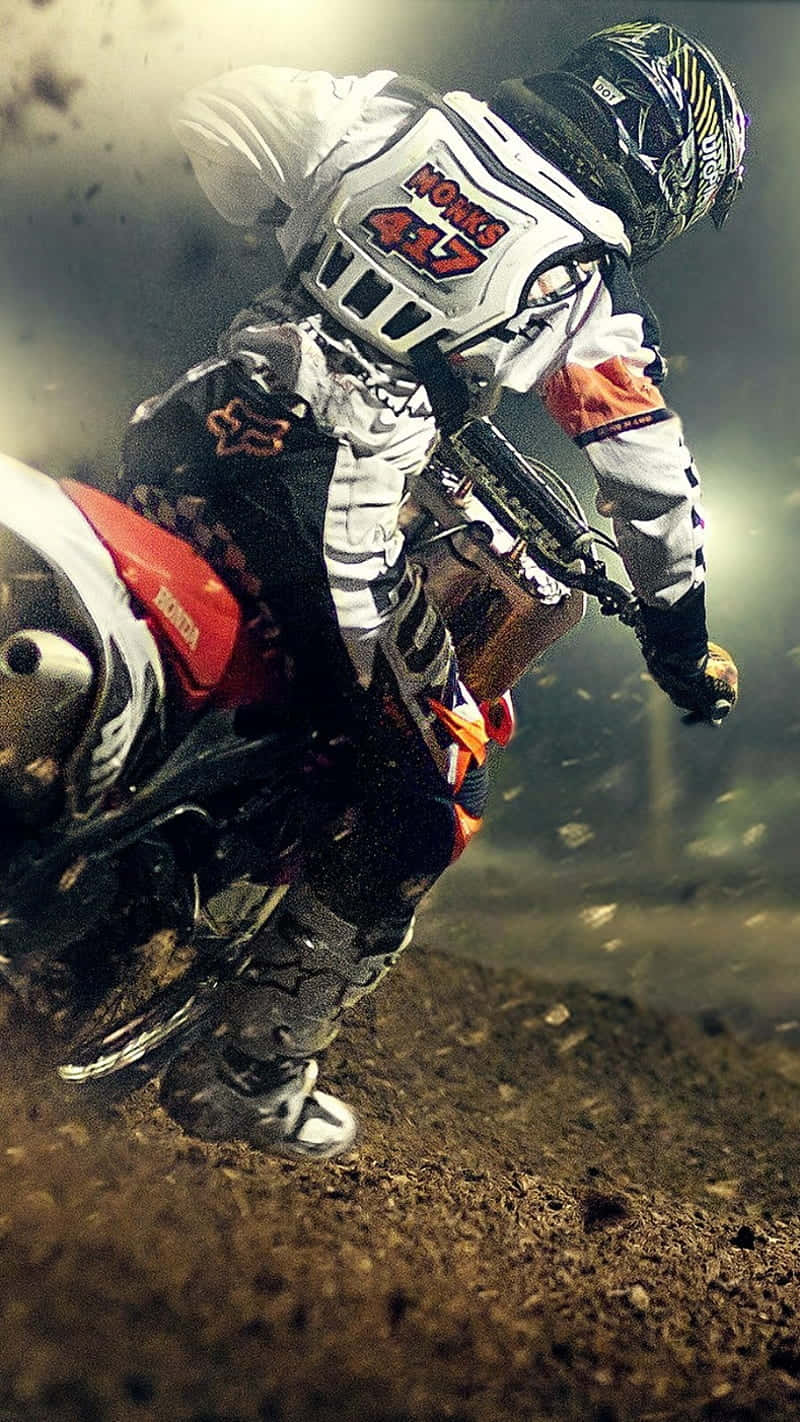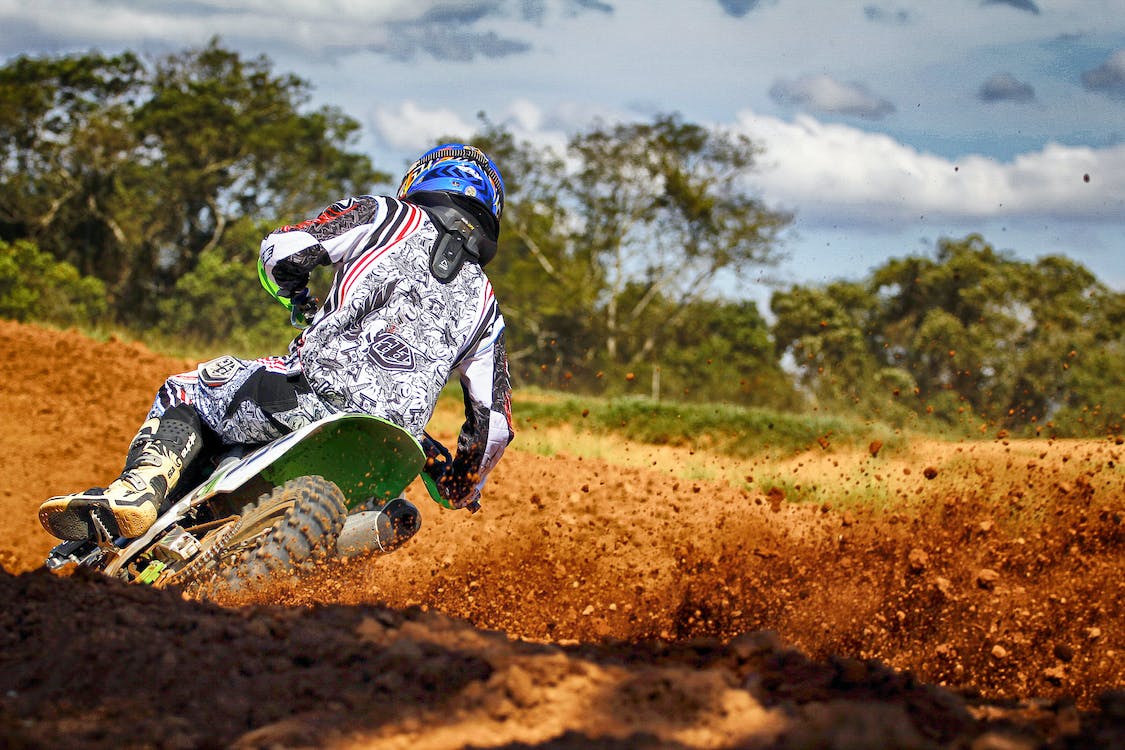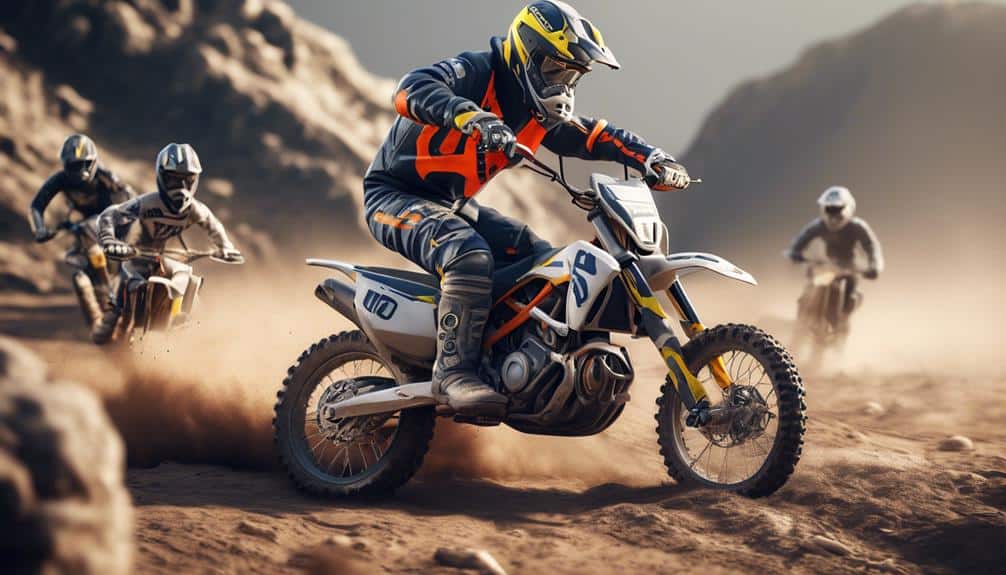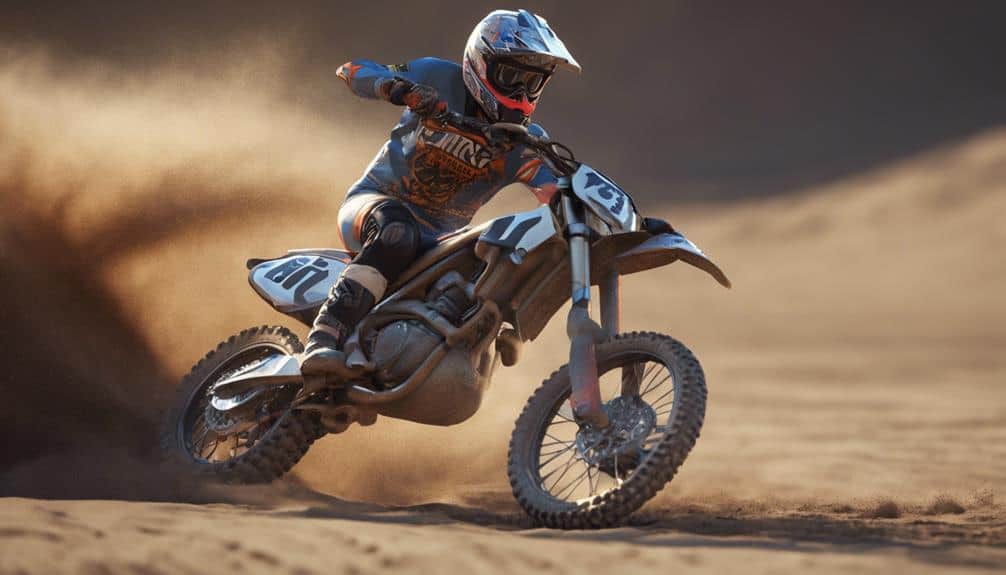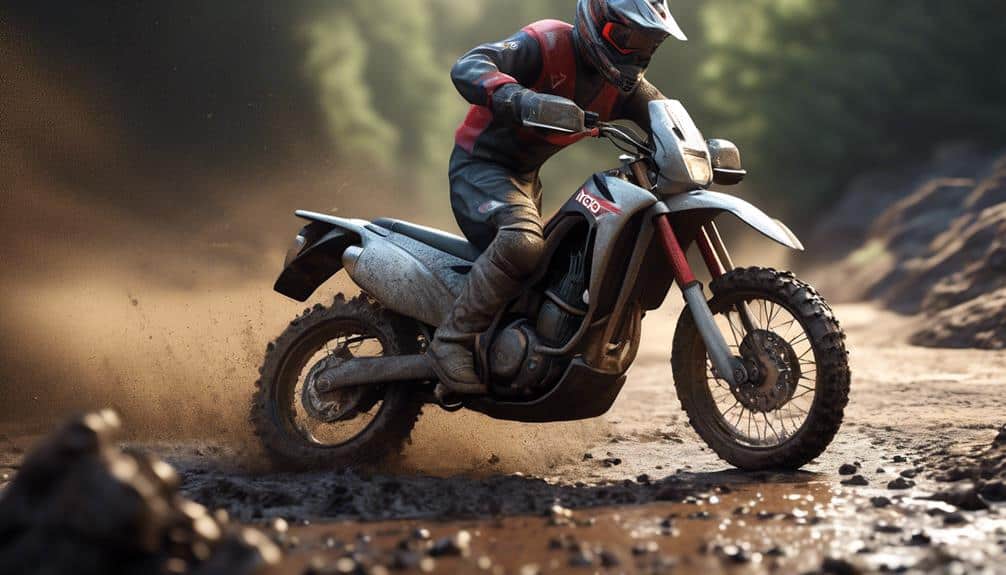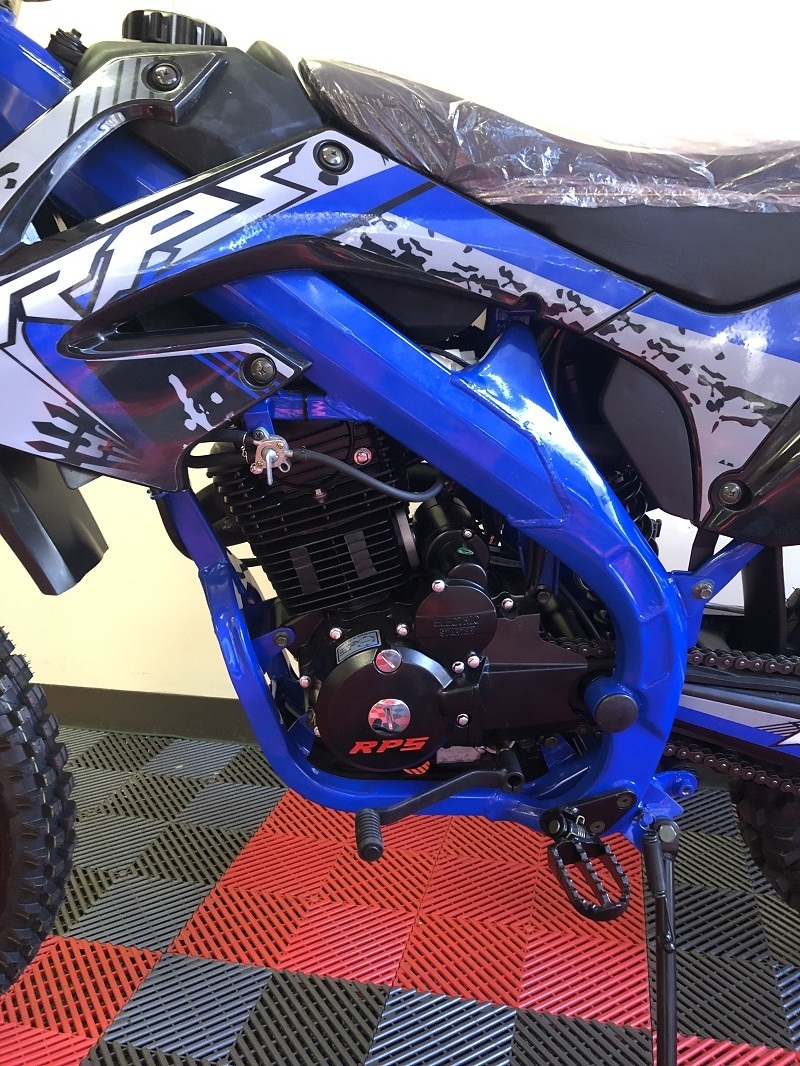Off Road And On Road Dirt Bike
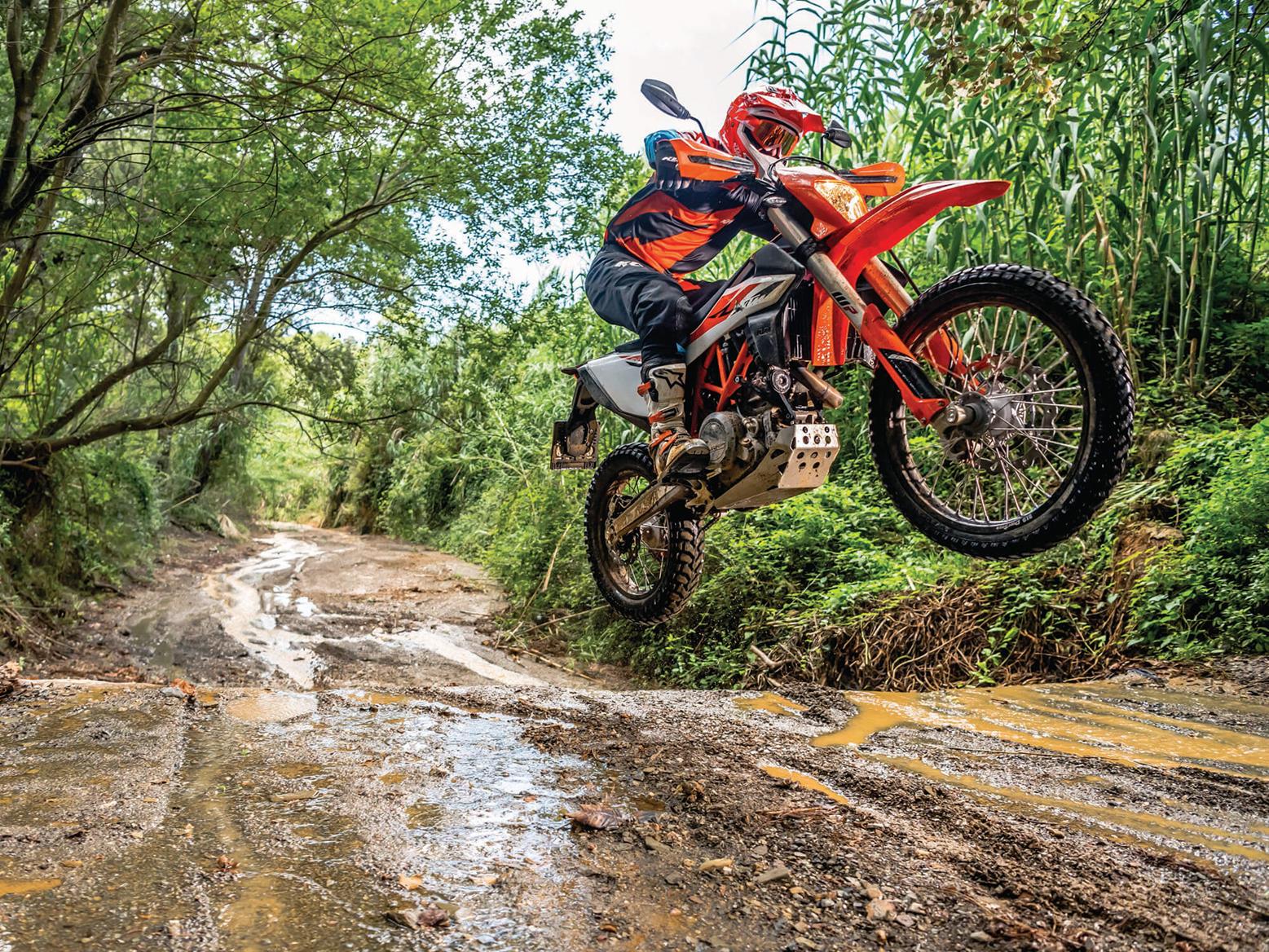
The line between off-road adventures and on-road practicality is blurring as a growing niche of dual-sport motorcycles, often referred to as "dirt bikes" capable of street legal operation, gains traction among riders seeking versatility and freedom. These machines, engineered to tackle rugged terrains while adhering to traffic regulations, are sparking debates about safety, environmental impact, and the future of motorcycle riding.
This trend begs the question: are these dual-purpose bikes a welcome evolution, offering riders the best of both worlds, or do they present inherent risks that necessitate a closer look at regulation and rider education? This article will delve into the rising popularity of these adaptable machines, examine the benefits and drawbacks, and explore the implications for both the motorcycle community and the general public.
The Rise of the Dual-Sport
The appeal of on-road and off-road capable motorcycles lies in their adaptability. Riders can commute to work during the week and explore unpaved trails on the weekend, all without the need for a trailer or a second dedicated vehicle.
This convenience has fueled a surge in sales, particularly among younger riders and those seeking environmentally conscious transportation options, as many dual-sport models offer improved fuel efficiency compared to larger motorcycles and cars.
Data from the Motorcycle Industry Council (MIC) indicates a steady increase in dual-sport motorcycle sales over the past decade, significantly outpacing the growth of other motorcycle categories.
Key Features and Models
Dual-sport motorcycles typically feature a blend of characteristics from both dirt bikes and street bikes. They are equipped with knobby tires for off-road traction, but also include essential on-road equipment like headlights, taillights, turn signals, and mirrors, all mandated by law for street legal operation.
Popular models include the KTM 690 Enduro R, renowned for its powerful engine and off-road prowess; the Honda XR650L, a long-standing favorite for its reliability and simplicity; and the Suzuki DR-Z400S, a versatile option that strikes a balance between performance and affordability.
Manufacturers are continuously innovating, introducing new models with advanced features like electronic fuel injection, adjustable suspension, and rider modes optimized for different terrains.
Safety Concerns and Regulatory Landscape
The dual nature of these bikes also presents unique safety challenges. Riders must possess the skills and awareness to navigate both paved roads and unpredictable off-road environments.
The combination of off-road tires, which can compromise on-road handling, and the often lightweight construction of these motorcycles can contribute to increased accident risk, especially at higher speeds.
Regulations surrounding dual-sport motorcycles vary significantly by jurisdiction. Some states require specific endorsements on motorcycle licenses for off-road riding, while others have stricter equipment requirements for street legal operation.
"Rider education is crucial," says Sarah Thompson, a motorcycle safety instructor with over 15 years of experience. "Dual-sport riders need to understand the limitations of their machines and develop the skills to handle various riding conditions safely."
Enforcement of noise regulations also poses a challenge. Some dual-sport motorcycles, particularly those modified for enhanced performance, can exceed legal noise limits, leading to conflicts with local communities and environmental concerns.
Environmental Impact and Trail Access
While dual-sport motorcycles can be more fuel-efficient than larger vehicles, their impact on the environment is not without scrutiny. Off-road riding can contribute to soil erosion, habitat destruction, and water pollution if not managed responsibly.
Access to trails and public lands is a constant concern for the off-road community. Increased usage, coupled with environmental damage, can lead to trail closures and restrictions on motorized vehicle access.
Organizations like the BlueRibbon Coalition advocate for responsible land use and work to maintain access for motorized recreation while promoting environmental stewardship.
The Human Element: A Rider's Perspective
For Mark Johnson, a seasoned dual-sport rider, the appeal of these bikes lies in the freedom they offer. "I can explore remote areas that are inaccessible by car or traditional street bikes," he explains.
He acknowledges the inherent risks but emphasizes the importance of responsible riding and proper training. "It's about respecting the environment, being mindful of other trail users, and always prioritizing safety."
He also stresses the camaraderie within the dual-sport community. "We're a tight-knit group, always willing to help each other out and share our knowledge and experiences."
The Future of Dual-Sport Riding
The popularity of on-road and off-road motorcycles shows no signs of slowing down. As technology advances and manufacturers continue to refine their designs, these versatile machines are likely to become even more appealing to a wider range of riders.
However, it is crucial to address the safety concerns and environmental challenges associated with dual-sport riding through improved rider education, responsible land management practices, and consistent enforcement of regulations.
Ultimately, the future of dual-sport riding depends on the ability of riders, manufacturers, and policymakers to work together to promote safe, sustainable, and responsible use of these adaptable and exciting motorcycles.



